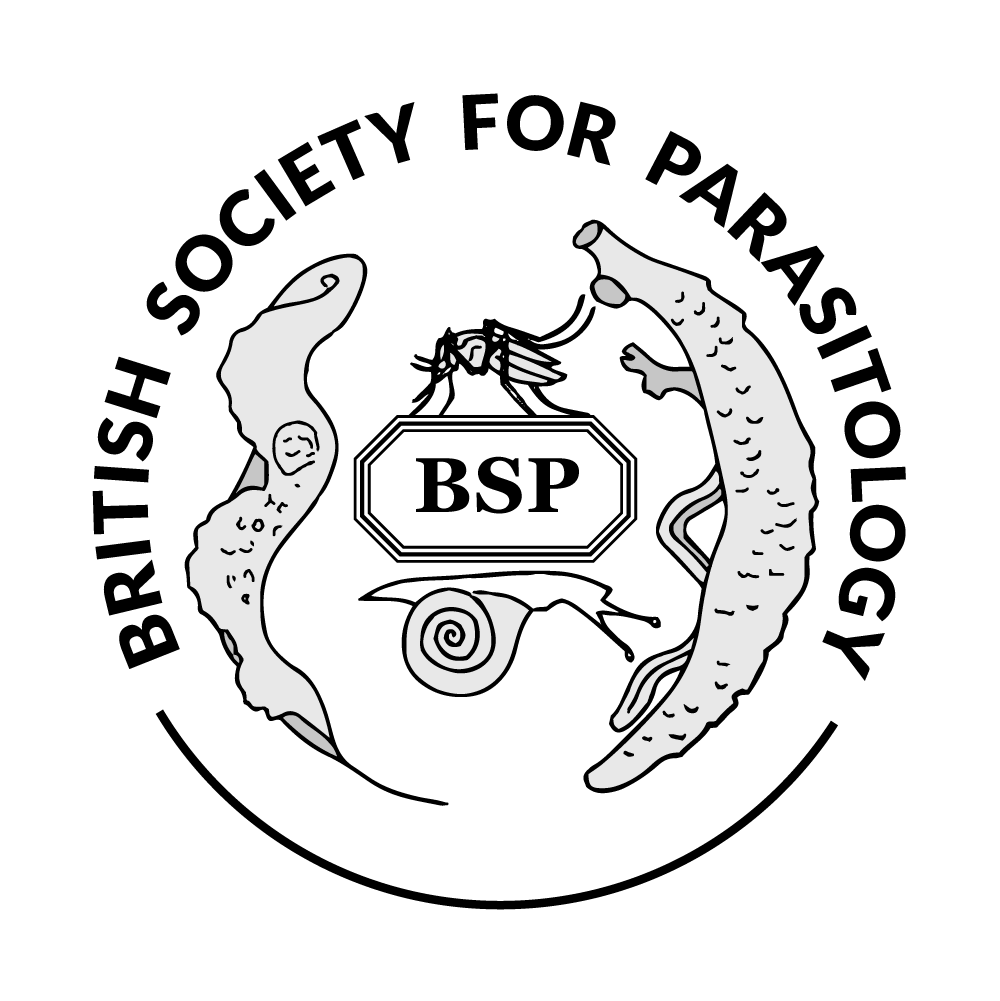Authors
S Oates2; C Hoskins1; N Telling1; H P Price2; 1 Institute for Science and Technology in Medicine, Keele University; 2 School of Life Sciences, Keele University Discussion
The use of magnetic nanoparticles to produce heat (magnetic hyperthermia) has gained considerable interest in development of novel cancer therapies due to the increased sensitivity of cancerous cells to heat shock. In the current study, we are analysing the potential of magnetic hyperthermia to be applied to the treatment of cutaneous leishmaniasis as an inducible, controlled and localised form of thermotherapy. We have confirmed there are significant differences in temperature sensitivity between L. mexicana axenic amastigotes and the human monocytic cell line THP-1. A stable ferrofluid has been produced by coating maghemite nanoparticles with citric acid. These nanoparticles are readily taken up by differentiated THP-1 cells and an increase in temperature of up to 25°C can be achieved upon application of an alternating magnetic field. We are now investigating the effects of magnetic hyperthermia on L. mexicana amastigotes, both axenically and inside macrophages. 
